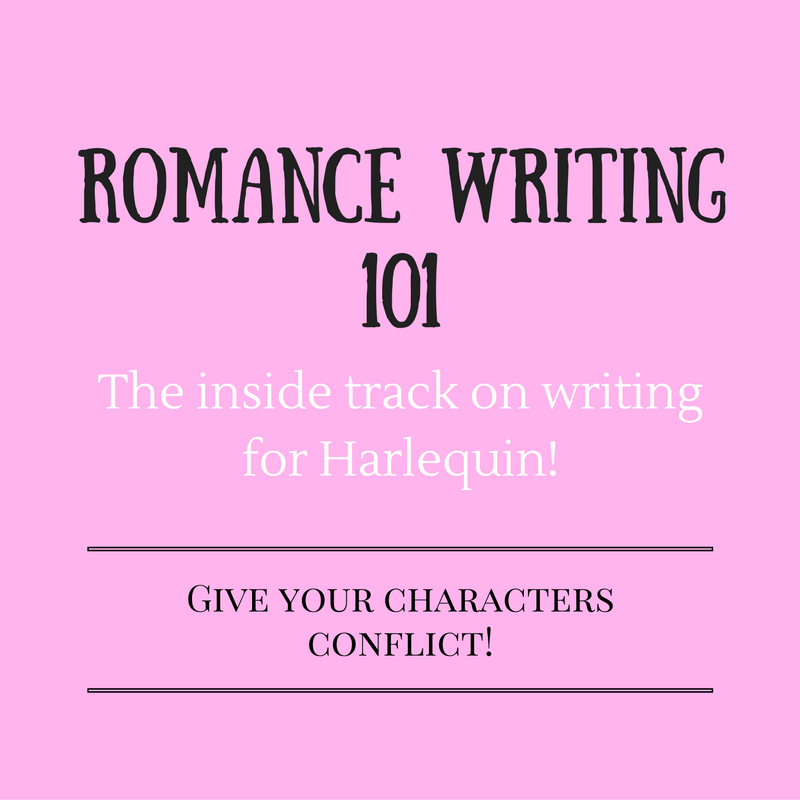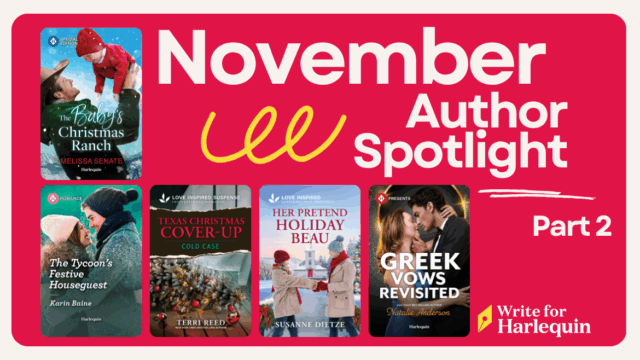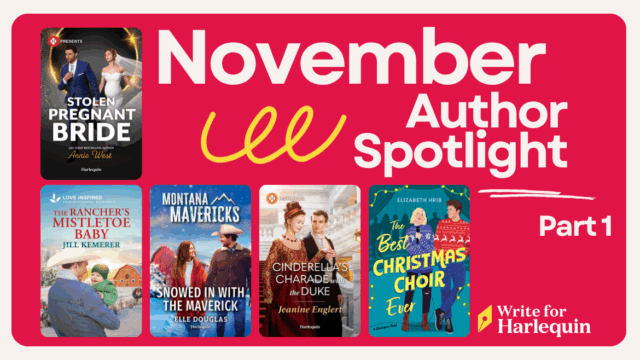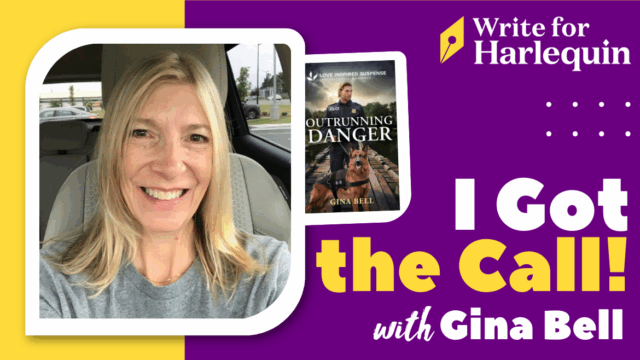
This week, we wanted to bring out one of our former colleagues Grace Thiele’s posts, one which gives you some excellent advice on how to intensify conflict! Perfect especially for those who are contemplating submitting to our #RomanceIncludesYou blitz!
Good afternoon, turtle doves! Today I am feeling decidedly conflicted about London weather – relieved that it is no longer hot enough to fry bacon and eggs on the concrete (not that I would actually do that… anybody got a muffin?), but slightly sad that it’s now September, and the summer is drawing to a close. (Although my birthday is coming up. Feel free to send caviar and champagne to The News Building, London.) So I thought that now would be a great time to talk to you about building conflict into your characters!
Conflict of any kind is what prevents your hero and heroine from having their happily-ever-after five pages in. If there was no conflict, they’d date, fall in love, get married, have kids and be done.
Internal conflict is the string of tension that runs through a romance: deep, personal reasons within your hero and heroine that prevent them from being free to falling in love. We at Harlequin LOVE good, strong, powerful internal conflict.
External conflict is derived from circumstances outside of the characters themselves. This is great for adding flavour, but really, editors only want to see it when the internal conflict is solid, strong and preferably highly emotive. Circumstances outside the central couple should never distract from their development!
Here are a couple of examples for you…
A billionaire alpha hero (who might happen to bear a striking resemblance to Hugh Jackman, but each to their own) is leaving his Mediterranean island for a date. However, his business rival has sabotaged his helicopter.
On a neighbouring island, another billionaire alpha hero (who might possibly remind one of Brad Pitt) is also going on a date. However, ten years ago, his wife tragically drowned. The hero was so devastated by loss that he cut himself off from society, determined never again to fall in love.
The first, external, conflict is great for adding excitement and drama. But the second, internal, conflict is where your story really begins. What’s really important is that these be elements of your characters that have really shaped them and their view of love.
It’s really helpful if you know from the off what’s in your protagonists’ backgrounds, driving and motivating them, particularly what conflicts them or pushes them away from love. Sometimes it can be tragic: maybe your heroine suffered a painful loss when she was very young, or your hero lived in poverty and had to fight his way to the top. But it can also be more relatable. Witnessing a parental divorce, or having your heart broken, stops people from having successful relationships in real life all the time. There’s no reason why you can’t use it here, and for that to be what your characters are healed of before they reach their HEA.
Of course, it also depends on what series you’re targeting, and the level of emotion you’re working towards. A really emotional Medical romance might have a heroine who lost a child. Perhaps a more light-hearted Historical romance might have a hero with a scandalous family history that he must marry well to conceal – until he finds himself locked in a library with a chambermaid.
There are all shades of variety in series, so it’s equally about knowing where to place your voice. But remember: a truly moving, emotional conflict will make the reader care, all the way through. It makes us root for the power of love to shine through to heal them and redeem them. It makes us fall in love with them, and that’s what romance is all about.
Anyway – that’s it, folks! Next time I’ll be diving into the deceptively-simple-but-surprisingly-difficult-to-master task of writing dialogue! Cheerio, possums!




